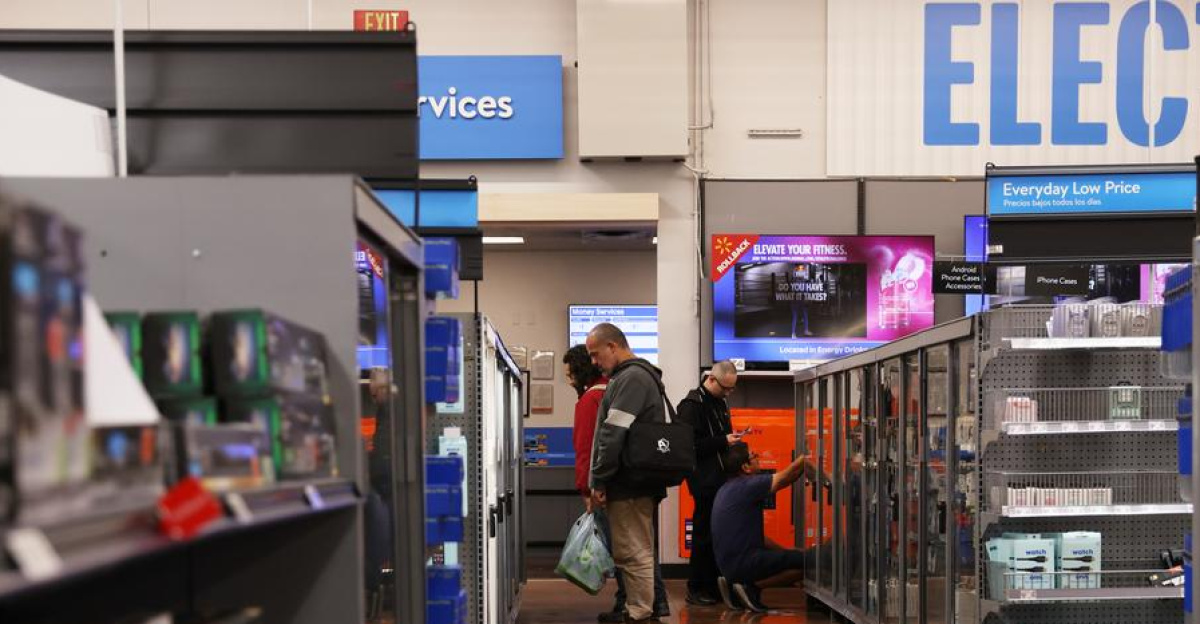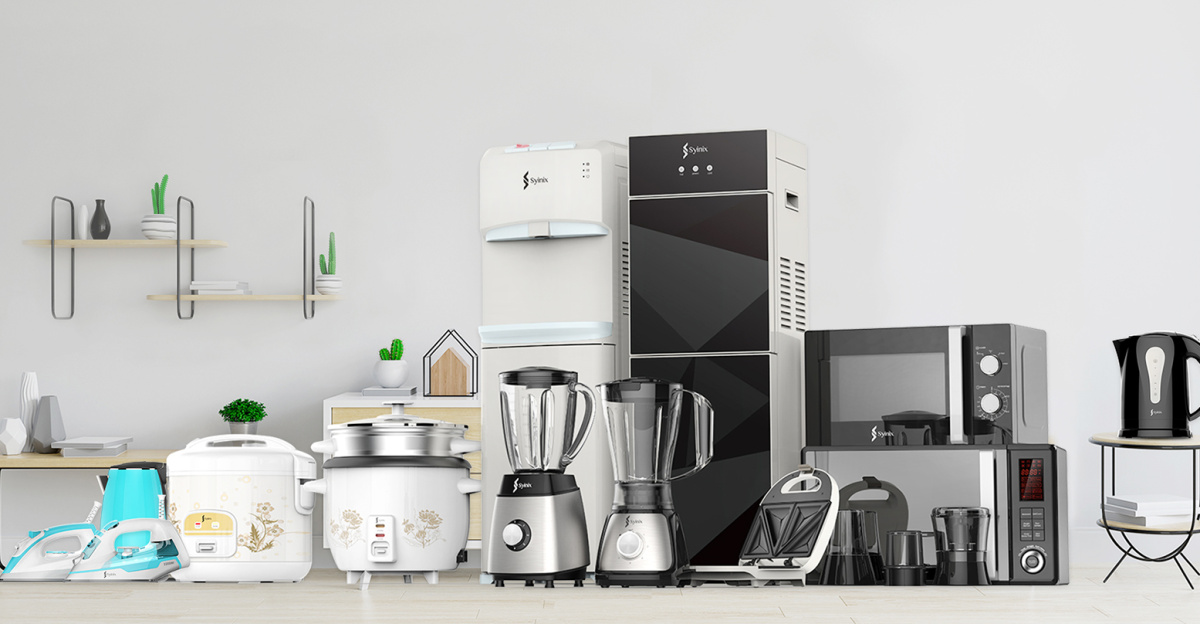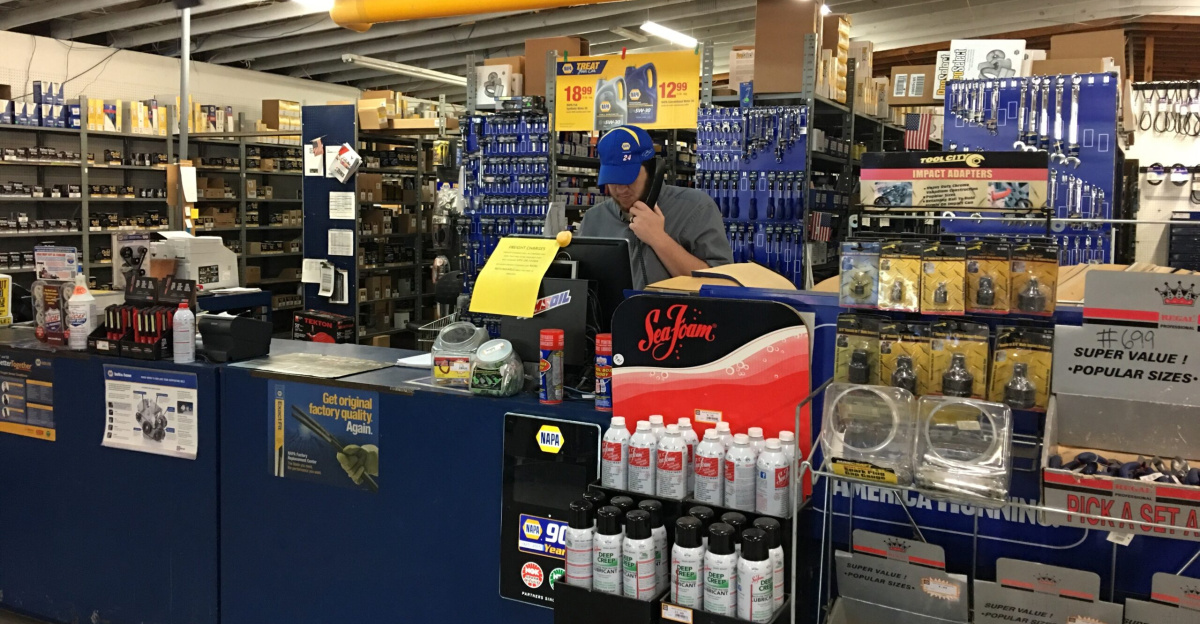
Many nations are about to be hit by country-specific tariffs under the Trump administration. Starting August 1, new tariffs will affect imports from major trading partners. Japan is getting a 25% tariff, South Korea – 25%, the EU – 30%, and Mexico – 30%. the deadline for August 1 comes from an extension announced on July 7 and specific country tariffs announced in subsequent letters.
The Yale Budget Lab reports show an effective 20.6% tariff increase on consumers after July 14, following announcements of 30% tariffs on the EU and Mexico. These tariffs will reflect in the domestic market, potentially bumping up the price of some everyday items. Here are products that could face steep tariffs after August 1.
Electronics

The U.S. imports some key electronics and technologies from other countries, including Japan and South Korea. These suppliers will soon see the 25% tariff hit, meaning that smartphones, laptops, and monitors could increase in price a substantial amount, according to the Consumer Technology Association.
While there are some locally made technologies that consumers wouldn’t expect to increase in price, many components are still imported, meaning that they could be affected as well.
Home Appliances

It’s not just electronics that are taking a hit. Home appliances are facing two different tariffs—steel and country-specific. More steel-derived appliances, including washing machines, dryers, dishwashers, refrigerators, and cooking stoves, are being added to the list.
Industry reports have highlighted that retailers are already increasing prices on some appliances.
Clothing

The fashion sector is facing one of the biggest hikes in tariffs. The budget lab thinks that shoe and clothing prices could temporarily see a dramatic increase.
Bangladesh and Vietnam are some of the biggest suppliers of textiles and footwear to the U.S., and they are experiencing reciprocal tariffs, with Bangladesh facing a 35% tariff while Vietnam negotiated its tariff down to 20% from 46%. When tariffs kick in, fashion will become less affordable than ever.
Automotive Products

The U.S. automotive industry imports a lot of vehicles from countries like Japan and South Korea, and with a 25% tariff taking affect, consumers could see these imported cars iincrease by as much as 14% in the short term.
Automotive parts are not spared from this increase either, as targeted countries get a 25%-40% tariff on August 1. Based on all tariffs through July 14, Yale Budget Lab reports an an increase of $6,800 to the average automotive purchase.
Home Decor

Furniture is an essential part of every homeowner in the U.S., and they’re about to increase even after going up in price during tariff uncertainty. About three quarters of all furniture sold in the U.S. is imported from other countries, many of which will be affected by the new tariffs.
Many home goods will also increase in price as businesses pass the burden of tariffs onto the consumer.
Food And Beverages

Food should increase in price of about 4% according to economic and policy analyst data from July 10. However, specific items imported from countries like Mexico and Brazil which are receiving country-specific tariffs could see a more substantial price hike as they are big U.S. food suppliers.
Items like coffee, spices, wine, and other imports could increase as suppliers get slapped hard by tariffs.
Copper And Electrical Materials

In addition to the country-specific tariffs, Trump threatened a 50% copper tariff on July 9th that will take effect at the beginning of next month (August 1). Copper is used in many different sectors, including electrical wiring, plumbing, and electronics.
The tariff on copper imports could also spill back into the automotive industry, as many components are made from the material.
Steel And Aluminum Materials

Steel and Aluminum materials are already being affected by a 50% tariff from June 4 after increasing from 25%. The Commerce Department regularly expands the list of steel and aluminum derivatives, meaning as more items get added, more will increase in price.
Anything from construction materials, tools, and metal hardware could go up in price. Some of the newest additions on the tariff list are welded wire racks and various metal goods. These tariffs target aluminum and steel content rather than finished products.
What Consumers Should Expect

Consumers should expect to see various everyday and specialist items increase in price after August 1. However, experts have urged people not to panic buy and instead strategically buy items that make financial sense.
Yale Budget Lab already estimates the average loss per household $2,500 loss per household as of July 11, 2025, and $2,800 as of July 14, 2025. Shop smart, and focus on items you already want or need rather than unnecessarily buying.